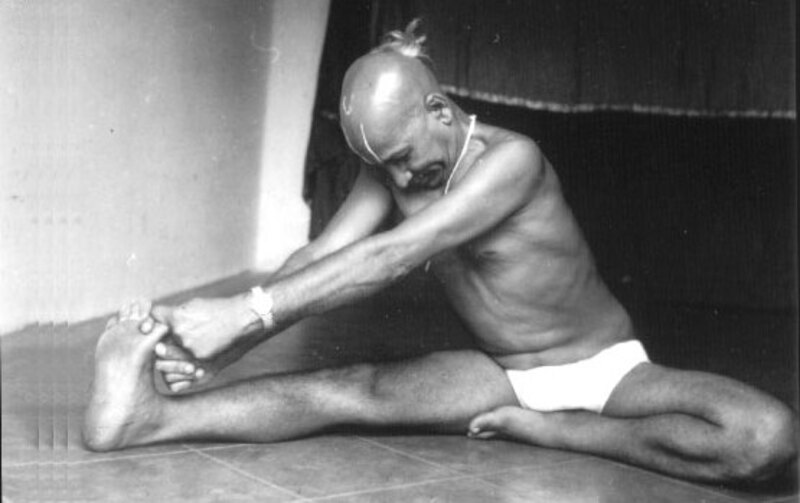
International Day of Yoga 2023: Five most influential Indian yoga masters of the 20th century

The history of yoga in India stretches back thousands of years; it is rooted in ancient texts and traditions that have been passed down through generations. Its origins can be traced back to the ancient Indus Valley civilisation, where archaeological discoveries have revealed artefacts and seals depicting yogic postures and practices. These early references provide glimpses into the early development of yoga as a spiritual discipline.
One of the seminal texts in the history of yoga — a holistic practice for physical, mental, and spiritual well-being — is the Yoga Sutras of Patanjali (a mystic, philosopher and author, also known as Gonardiya or Gonikaputra), written around 200 CE. Patanjali’s work outlined the philosophy and principles of yoga, providing a framework for understanding the mind-body connection and the path to spiritual enlightenment. The Yoga Sutras codified the eight limbs of yoga, including ethical guidelines, physical postures (asanas), breath control (pranayama), and meditation techniques.
Over the centuries, yoga continued to evolve and diversify, adapting to the needs and inclinations of different practitioners. It drew inspiration from various philosophical and spiritual traditions, such as Vedanta, Tantra, and Jainism. The Bhagavad Gita, a sacred Hindu scripture, also contributed to the development of yoga by emphasising the importance of self-discipline and self-realisation.
In the late 19th and early 20th centuries, several key figures emerged who played pivotal roles in the revival and propagation of yoga in India. Swami Vivekananda, a disciple of Sri Ramakrishna, delivered influential lectures on yoga and Vedanta philosophy during his travels to the West. His teachings helped ignite global interest in yoga and its spiritual dimensions.
Also read: Juneteenth 2023: Books and movies that draw on the heritage of Black life in America
The contributions of countless yogis, sages, and practitioners throughout the ages have shaped the rich and diverse landscape of Indian yoga. Today, yoga continues to thrive as a global phenomenon, celebrated for its transformative power and its ability to foster harmony, well-being, and spiritual growth. On International Day of Yoga, The Federal revisits the life and legacy of five modern masters of Indian yoga, who took it to the world, and changed its contours forever:
1. Tirumalai Krishnamacharya (1888-1989): Tirumalai Krishnamacharya, one of the most influential yoga teachers of the 20th century, is often referred to as the ‘father of modern yoga.’ He is known for his profound knowledge and expertise in various yoga styles, including Hatha, Raja, and Vinyasa yoga. Born in Mysore, he studied under various renowned masters, including his own father and brahmasri (a sage who has attained enlightenment or Kaivalya or Moksha) Venkataramanayya. However, his transformative period came when he became a student of the great yogi, Rama Mohan Brahmachari. Under Brahmachari’s tutelage, Krishnamacharya honed his skills and developed profound expertise in yoga.
Krishnamacharya’s remarkable journey in yoga spanned almost a century. He trained many renowned yoga teachers, including B.K.S. Iyengar, Pattabhi Jois and Indira Devi, who went on to establish their own yoga traditions. He blended the yoga styles mentioned above with his own innovations, creating a unique approach to yoga that emphasised the integration of breath, movement, and meditation. His teachings were not confined to the physical aspects of yoga but extended to its therapeutic applications as well.
He developed personalised practices for individual students based on their specific needs and abilities, recognising that yoga should be adapted to suit the practitioner rather than the other way around. This approach laid the foundation for the modern concept of ‘individualised yoga.’ His ability to bridge ancient wisdom with modern sensibilities contributed to the widespread popularity and accessibility of yoga as a holistic practice for physical, mental, and spiritual well-being.
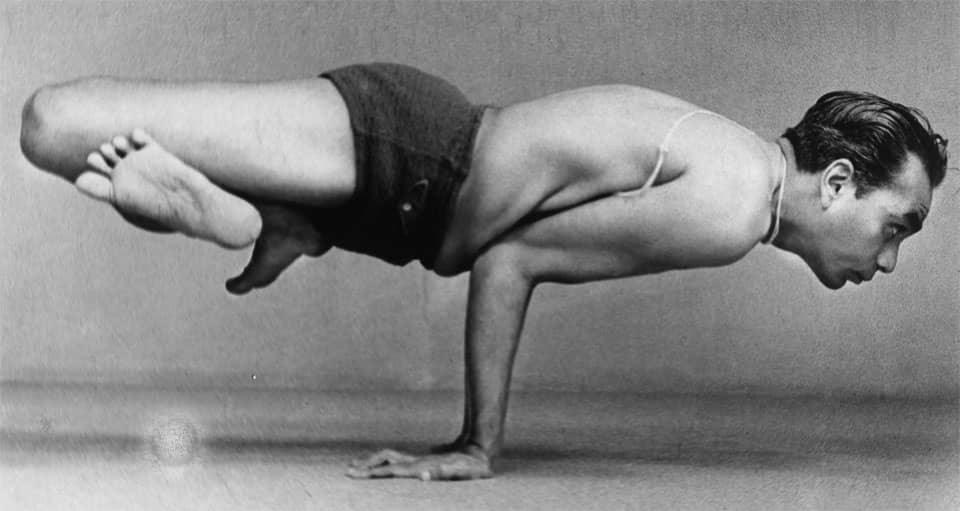
2. B.K.S. Iyengar (1918-2014): Born Bellur Krishnamachar Sundararaja Iyengar in Karnataka (Bellur), B.K.S. Iyengar dedicated his life to the practice and dissemination of yoga. He was the founder of the Iyengar Yoga style. Iyengar’s journey in yoga began in his teenage years when he was introduced to yoga to improve his health and vitality. He soon became a devoted student of Tirumalai Krishnamacharya and honed his skills and developed a deep understanding of yoga.
Also read: Father’s Day: 10 Hollywood films that stood out for their unconventional portrayal of fathers
What set Iyengar apart was his focus on precise alignment and the use of props such as blocks, straps, and bolsters to assist practitioners in achieving the correct postures. He believed that proper alignment was essential for the optimal functioning of the body and the flow of energy. This attention to detail and alignment became the hallmark of Iyengar Yoga. His teachings underscored the therapeutic benefits of yoga, making it accessible to people of all ages and physical abilities. He believed that yoga had the power to heal and transform not only the physical body, but also the mind and spirit.
With his meticulous approach, he brought attention to the subtleties of each asana and encouraged practitioners to explore their bodies’ limitations and possibilities. Iyengar authored several books, including the seminal work Light on Yoga (1966), which has become a classic in the field. He also established the Ramamani Iyengar Memorial Yoga Institute in Pune, where he trained numerous yoga teachers. His impact on the world of yoga was profound, and his style has gained recognition and practitioners worldwide. His emphasis on alignment, precision, and therapeutic applications has influenced countless yoga practitioners and teachers. Today, Iyengar Yoga remains a popular and respected style that continues to bring the transformative power of yoga to people around the globe.
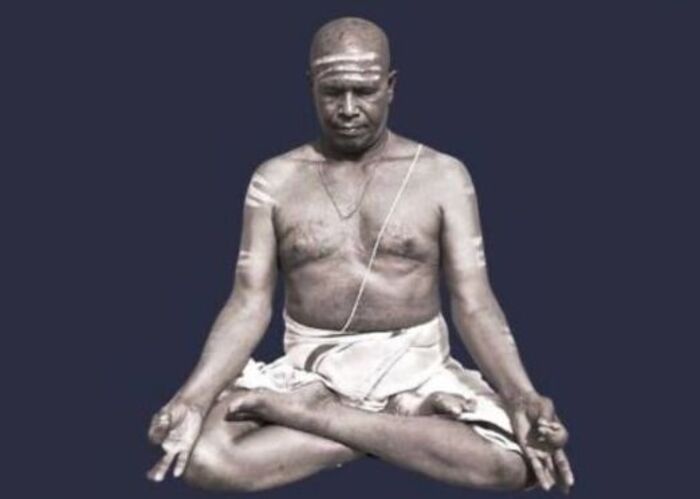
3. Krishna Pattabhi Jois (1915-2009): Krishna Pattabhi Jois, born in Kowshika in Karnataka’s Hassan district, Jois learned yoga from Krishnamacharya. Inspired by the ancient yoga text the Yoga Korunta (Tamilised pronunciation of the Sanskrit words Yoga grantha, meaning ‘book about yoga’), a purported 5,000 year-old text on yoga, Jois systematised the Ashtanga Vinyasa Yoga method, a dynamic and physically demanding style of yoga that synchronises breath with a progressive series of postures. The practice is divided into six series, each with a specific focus and level of difficulty.
Jois stressed on the importance of proper breath control (ujjayi pranayama) and the integration of movement and breath in the practice. His teaching approach was disciplined and rigorous. He believed in the transformative power of consistent practice and often emphasised the mantra, ‘Practice, practice, practice, and all is coming.’ Through dedicated practice, students could experience physical strength, flexibility, and mental clarity.
Also read: How artist Françoise Gilot, who has died at 101, fell in and out of love with Picasso
He also established the Ashtanga Yoga Research Institute in Mysore, where he taught and shared his knowledge with students from around the world. Many of his students became influential yoga teachers in their own right, spreading the practice of Ashtanga Vinyasa Yoga globally. Jois’s dedication to preserving and sharing the traditional practice of Ashtanga Vinyasa Yoga left a lasting impact on the yoga community. His teachings emphasised discipline, self-disclosure, and the integration of mind, body, and spirit.
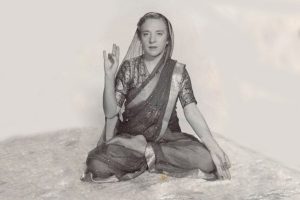
4. Indra Devi (1899-2002): Indra Devi, a renowned yoga teacher, was one of the first women to popularise yoga in the Western world. She was born Eugenie Peterson in Latvia and later adopted the name Indra Devi after studying yoga in India. Her journey in yoga began in the 1920s when she travelled to India to study under the guidance of Krishnamacharya. She became one of his first female students, breaking barriers at a time when yoga was predominantly taught and practiced by men.
Devi went on to establish herself as a prominent yoga teacher and advocate, particularly in the United States and Europe. She opened a yoga studio in Hollywood in the 1940s, attracting a wide range of students, including celebrities such as Gloria Swanson and Greta Garbo. Her teachings focused on the physical and spiritual aspects of yoga, blending traditional yogic practices with Western influences.
She played a crucial role in making yoga accessible to a broader audience and breaking the perception that yoga was solely a male discipline. Her efforts contributed to the widespread acceptance and integration of yoga into mainstream culture. She continued to teach and promote yoga throughout her life, publishing several books, including Forever Young, Forever Healthy and Yoga for Americans. She passed away in 2002 at the age of 102, leaving a lasting legacy as a trailblazer for women in yoga and a promoter of its benefits worldwide.
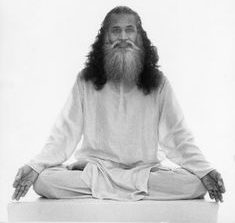
Swami Satchidananda (1914-2002): Swami Satchidananda popularised the practice of Integral Yoga. He gained recognition in the West after leading the opening session at the Woodstock Festival in 1969. His inclusive teachings resonated with the counterculture of the time, promoting peace, love, and spiritual harmony. Born as C. K. Ramaswamy Gounder in Chettipalayam (Tamil Nadu), he embarked on a spiritual quest at a young age and eventually became a disciple of Swami Sivananda.
Also read: How SH Raza and Progressive Artists’ Group put India on international art map
Integral Yoga, the system developed by him, aimed to integrate various branches of yoga. It incorporated elements of Hatha Yoga, Raja Yoga, Bhakti Yoga, and Jnana Yoga. In 1969, he founded the Yogaville ashram in Virginia, USA, as a spiritual community where individuals could practice Integral Yoga and engage in service-oriented activities. This became a hub for seekers from different backgrounds and traditions to come together in a spirit of unity and shared growth.
Swami Satchidananda authored several books, including The Yoga Sutras of Patanjali, which offered insights into the philosophy and practice of yoga. He travelled extensively, spreading his message of peace and spiritual awakening to diverse audiences around the world. His gentle demeanour, wisdom, and commitment to the integration of spiritual teachings into everyday life made him a beloved and respected figure. His teachings continue to inspire individuals to seek inner peace, cultivate self-awareness, and lead lives of compassion and service.


